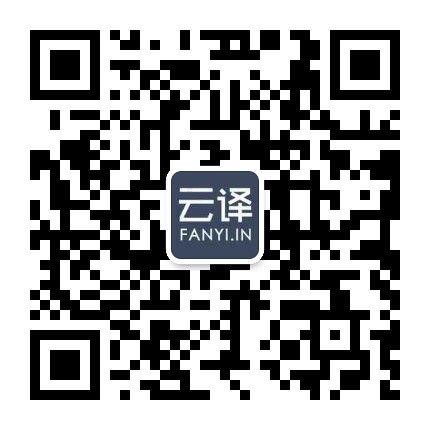|
云譯翻譯公司
翻譯公司帶你學(xué)雙語(yǔ)知識:插入語(yǔ)的應用★ 插入語(yǔ)的應用 插入語(yǔ)(句)是說(shuō)話(huà)者對所表達意思的補充、強調、解釋或者說(shuō)話(huà)的態(tài)度,其位置靈活,常常用逗號或破折號與其他成分隔開(kāi),并且在語(yǔ)法上不影響其他成分。 一、 插入語(yǔ)常以副詞(副詞短語(yǔ))、形容詞(形容詞短語(yǔ))、介詞短語(yǔ)、非謂語(yǔ)動(dòng)詞短語(yǔ)等形式出現。 (1)常見(jiàn)的副詞及短語(yǔ): indeed,surely, however, obviously, frankly, naturally, luckily / happily for sb., certainly 等。 (2)常見(jiàn)的形容詞及短語(yǔ): funny,needless to say (不用說(shuō)),most important of all 等。 (3)常見(jiàn)的介詞短語(yǔ): by the way, in a few words / in sum / in short (簡(jiǎn)而言之), in other words, in general, in one's opinion / judgment (按照某人的意見(jiàn)), in fact, in the first place, of course, to one's knowledge / surprise / regret /satisfaction / mind / joy / disappointment 等。 (4)常見(jiàn)的現在分詞短語(yǔ): strictly / generally / honestly / personally / exactly / physically / speaking (嚴格地 / 一般地 / 坦誠地等)說(shuō); judging from / by …(根據……判斷)等。 (5)常見(jiàn)的動(dòng)詞不定式短語(yǔ): to be sure (無(wú)疑地), to sum up (概括地說(shuō)), to tell the truth, to be honest, to be short, to conclude, to put it briefly, to put it in another way, to begin ( start ) with 等。 二、 插入句為簡(jiǎn)短的、具有完整意義的句子。常見(jiàn)的插入句如下: I think / hope / guess / know / believe / suppose, I am sure (我可以肯定地說(shuō)), that is ( to say )(也就是說(shuō)), it seems (看來(lái)是), as I see it (照我看來(lái)), what's more, what's worse, what is important / serious (重要 / 嚴重的是), I'm afraid (恐怕) , it is said (據說(shuō)), as we all know (眾所周知)等。 插入句獨立性強,一般用標點(diǎn)符號將其與其他句子成分隔開(kāi)。應當特別注意疑問(wèn)句的插入句,它一般為倒裝語(yǔ)序且無(wú)任何標點(diǎn)符號,而且整個(gè)疑問(wèn)句應當保持陳述語(yǔ)序。例如: (1) What should I do first? What do you think I should do first? (被插入的疑問(wèn)句原來(lái)為倒裝語(yǔ)序,插入后成為陳述語(yǔ)序) |
微信聯(lián)系我們
關(guān)于我們
微信聯(lián)系我們
|
我們的服務(wù)優(yōu)勢
資質(zhì)正規 經(jīng)驗豐富 語(yǔ)種齊全 價(jià)格實(shí)惠 交易安全







